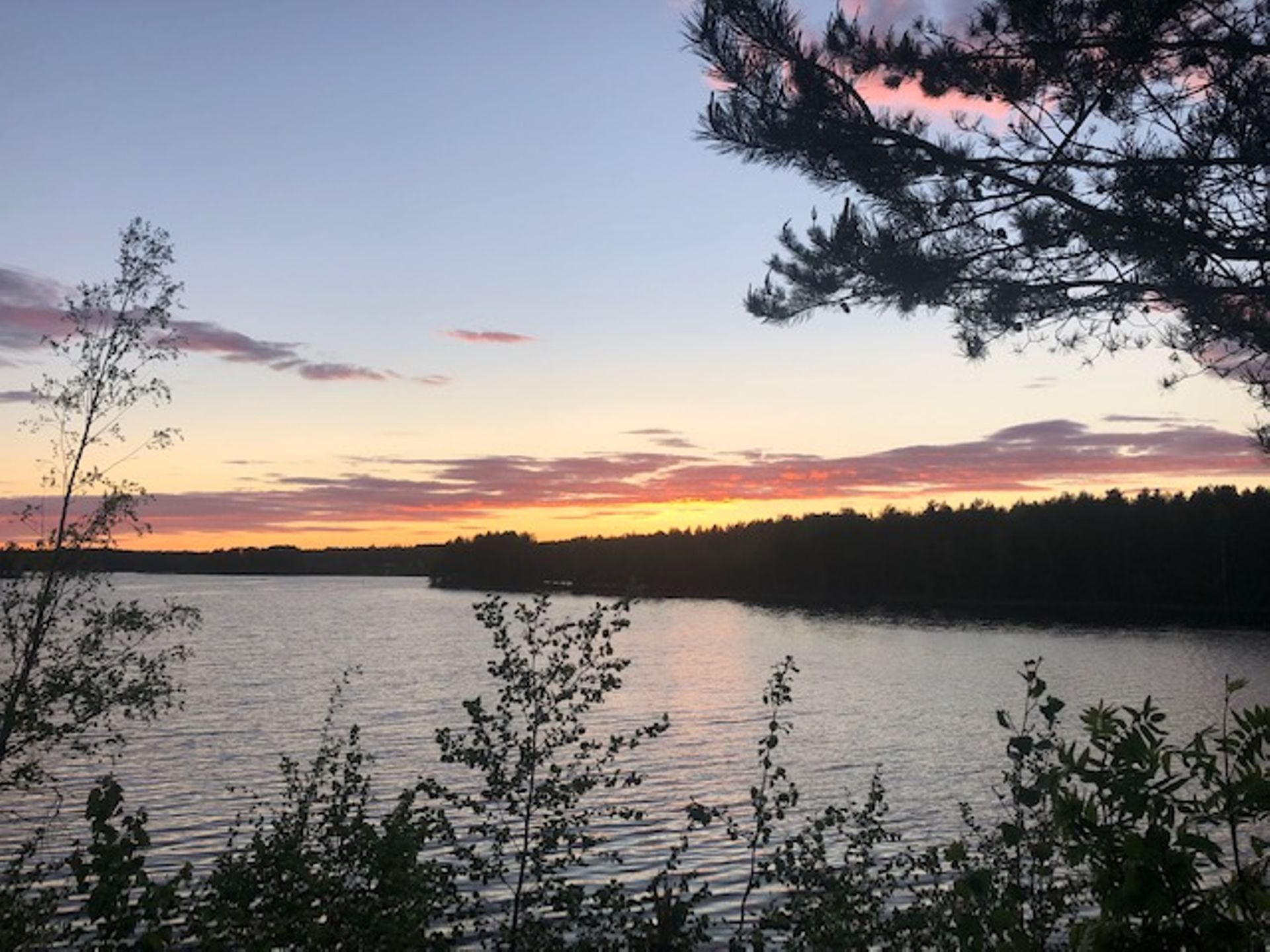Estremadura
Buga: 24.05.2024
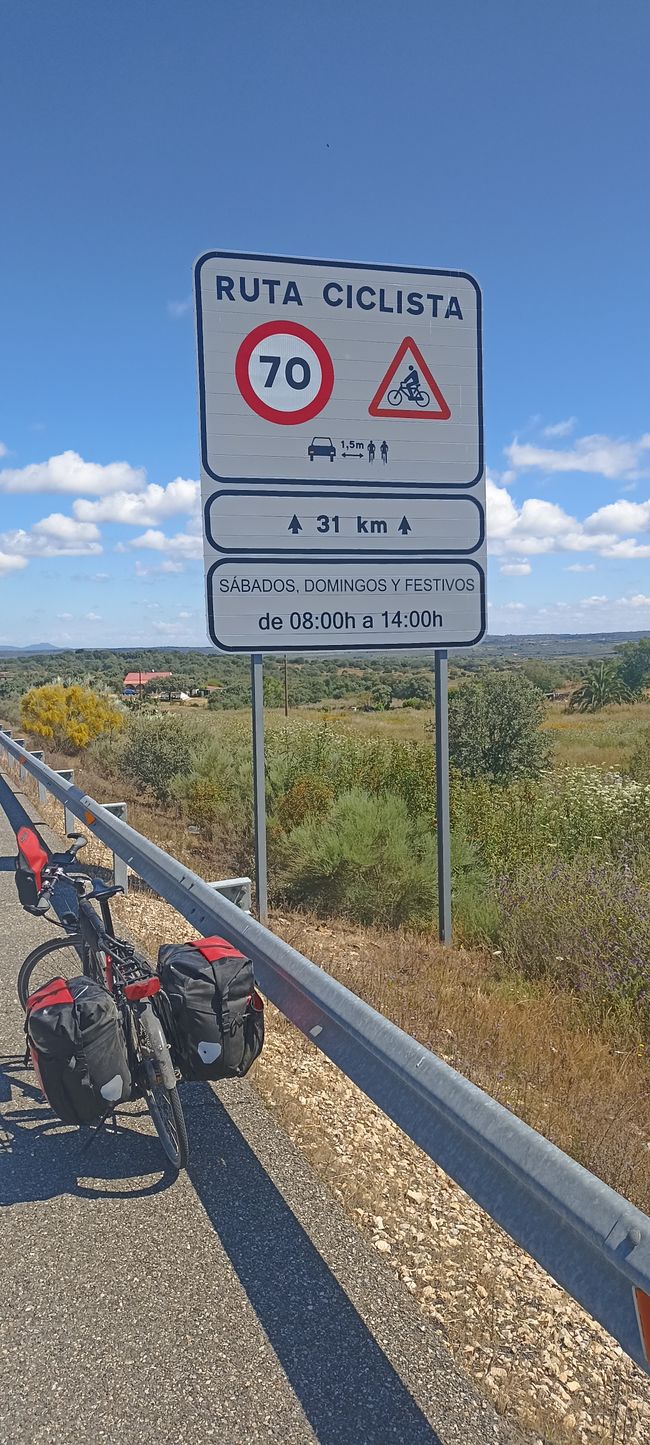
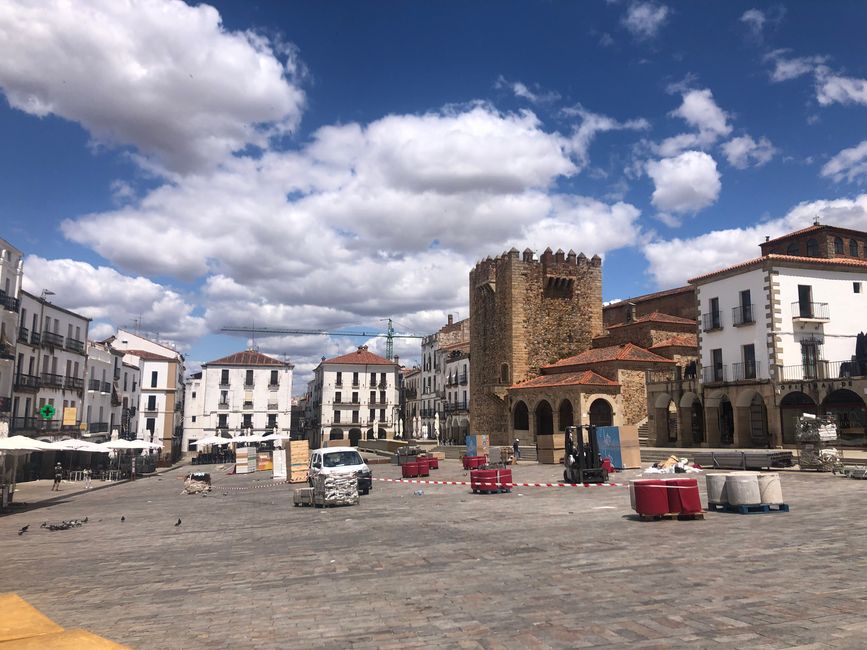
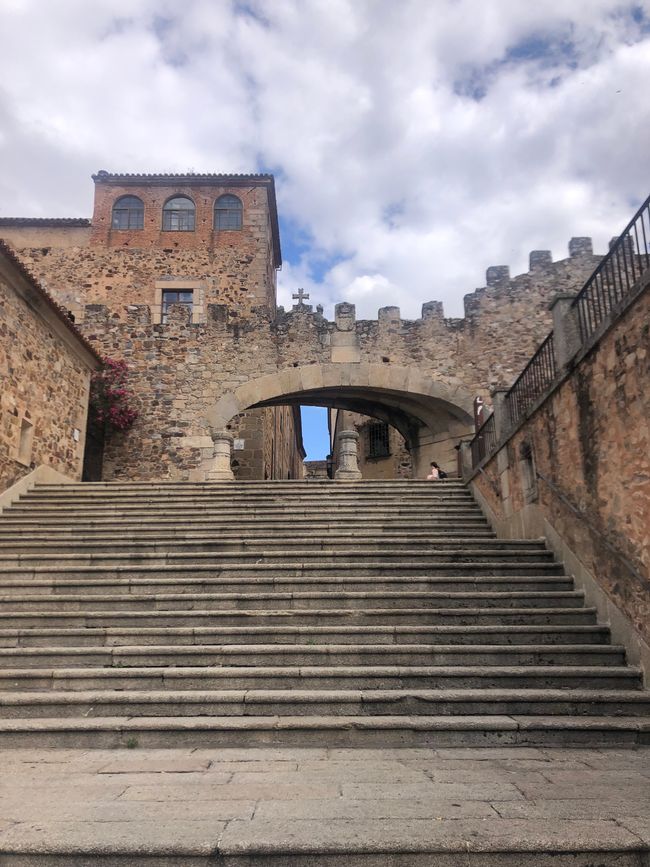
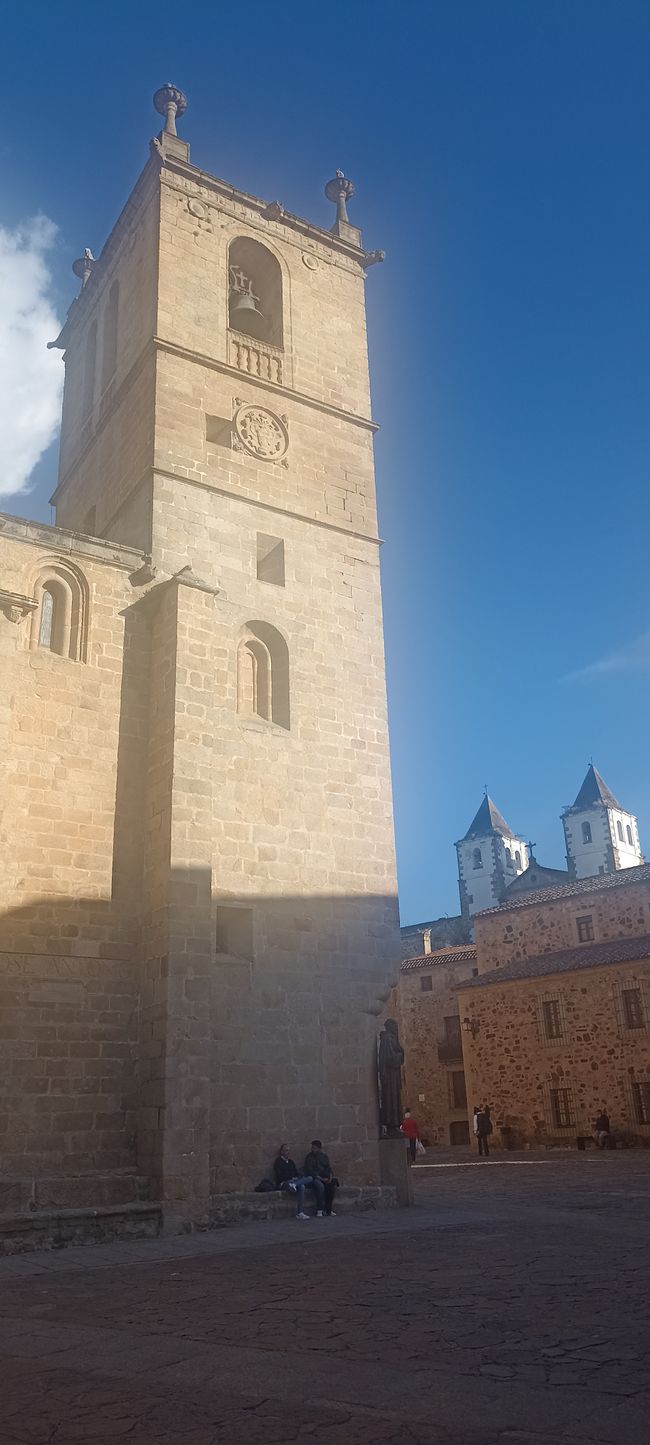
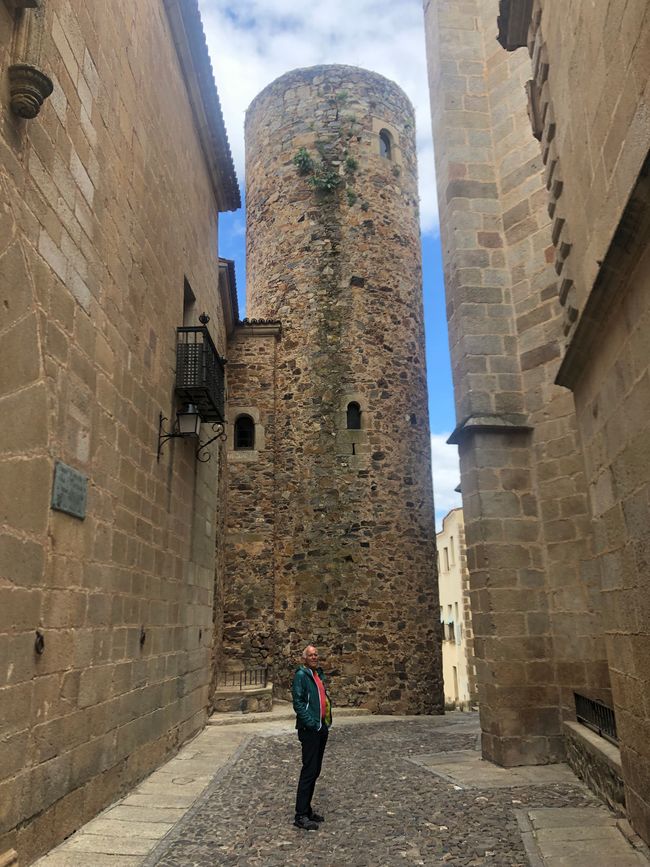
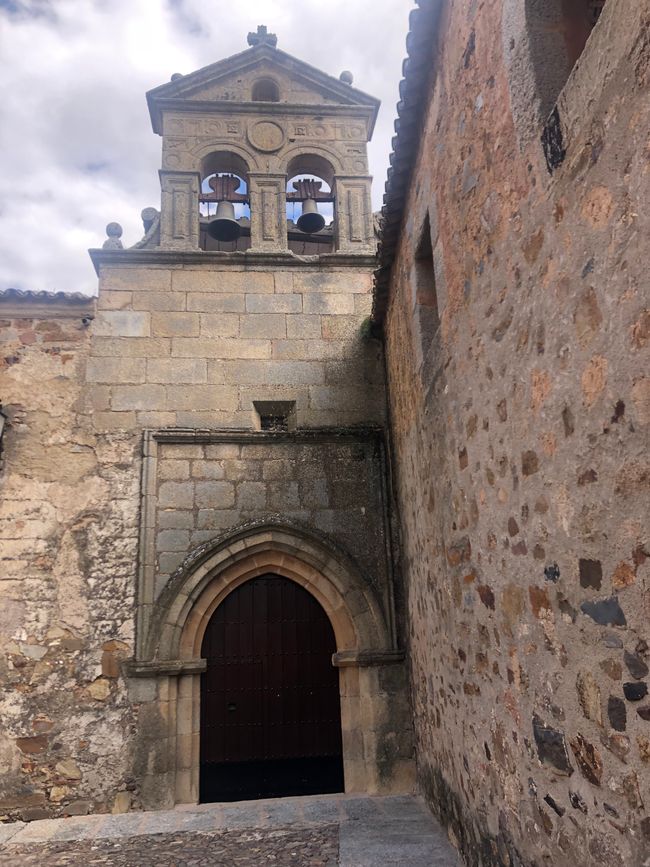
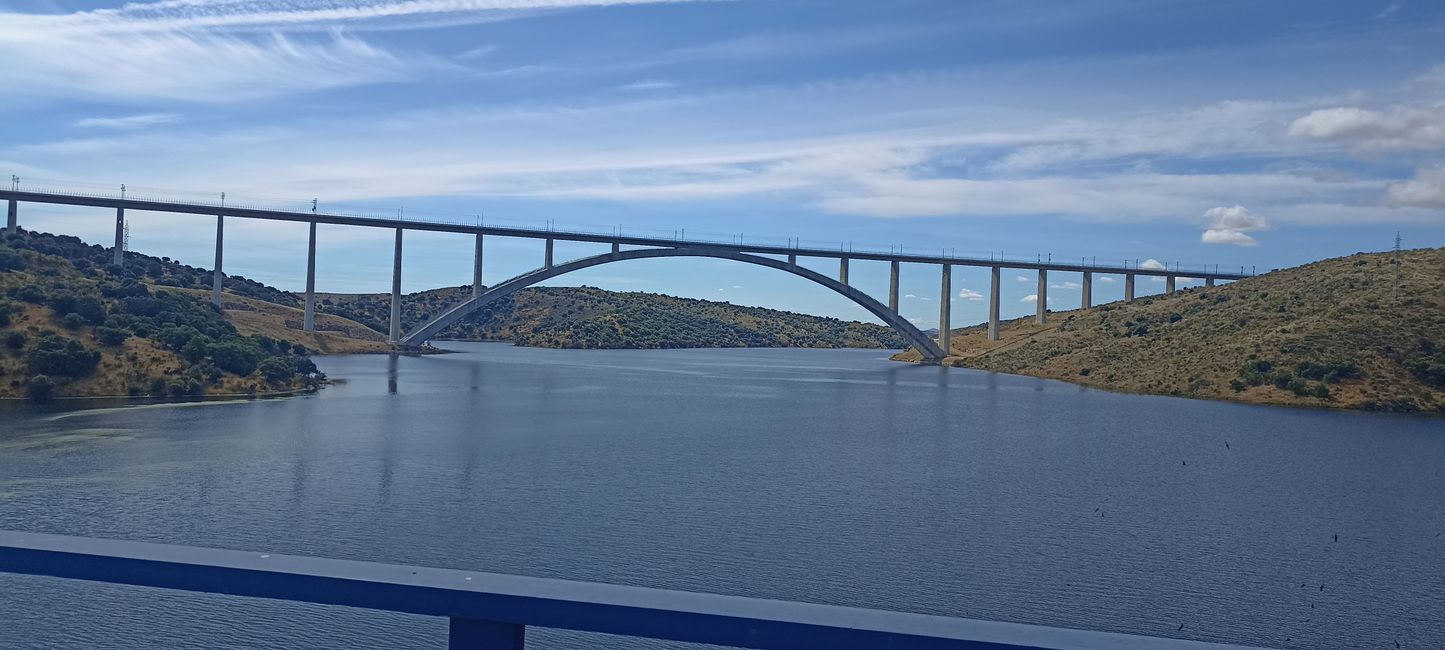
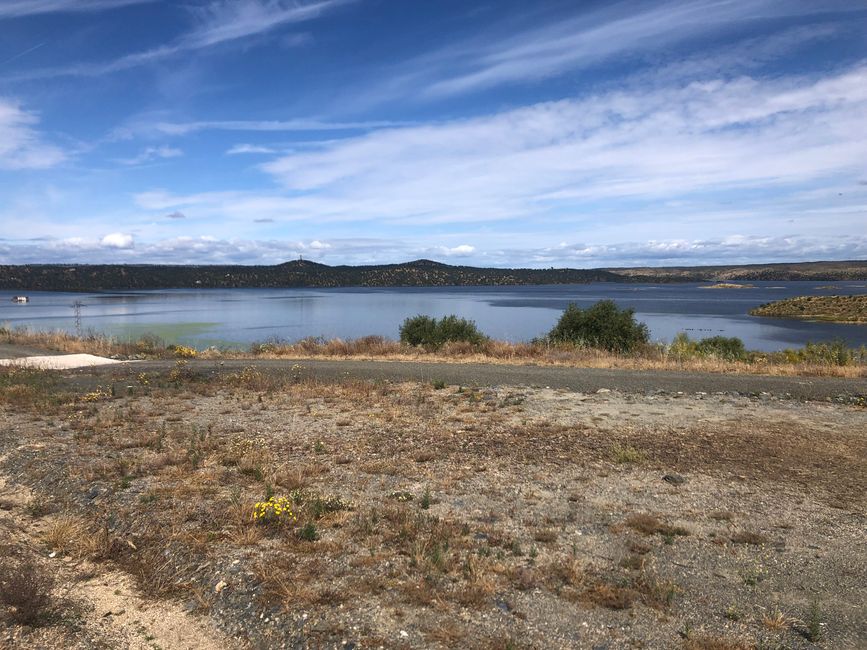
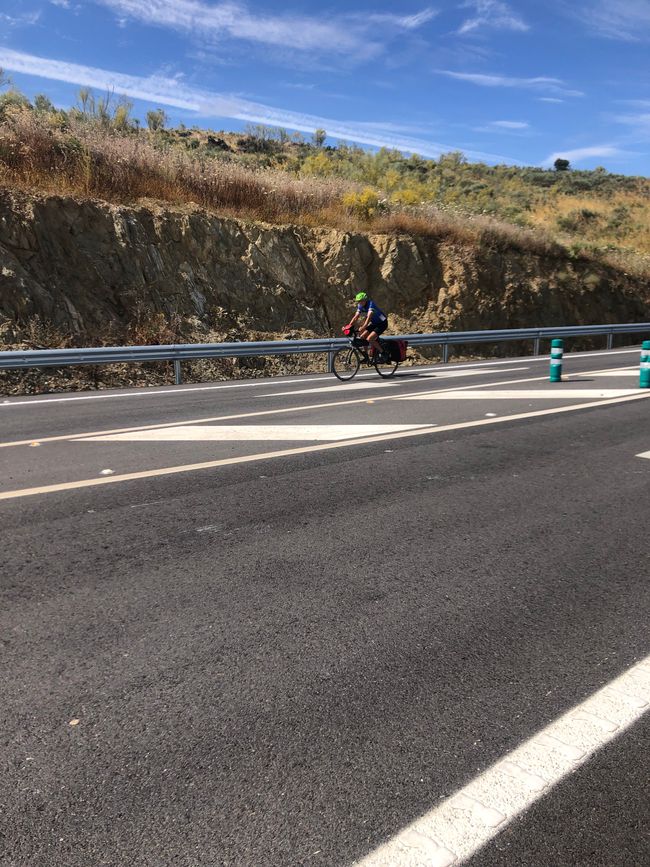


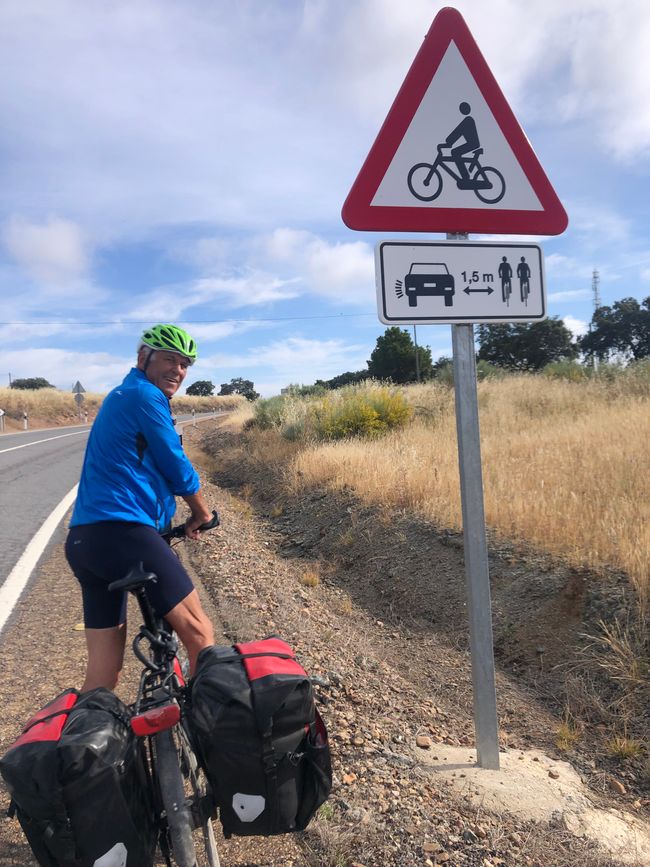
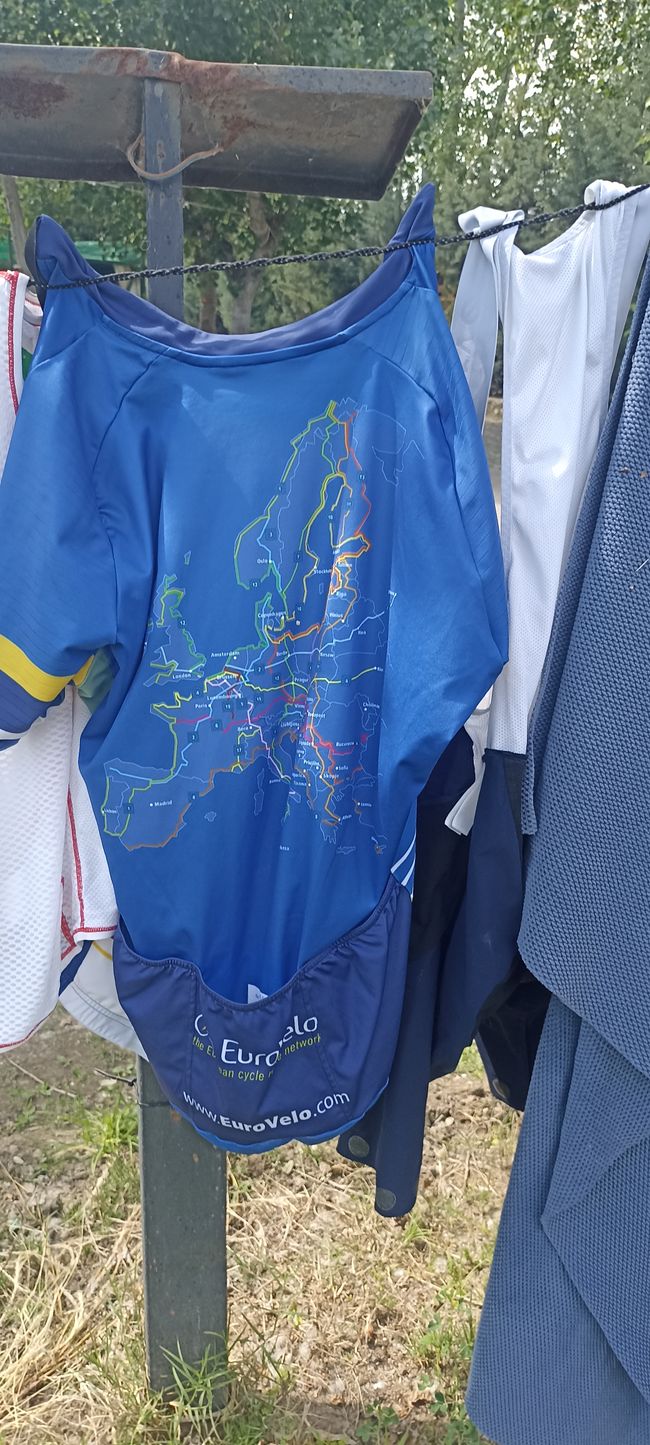
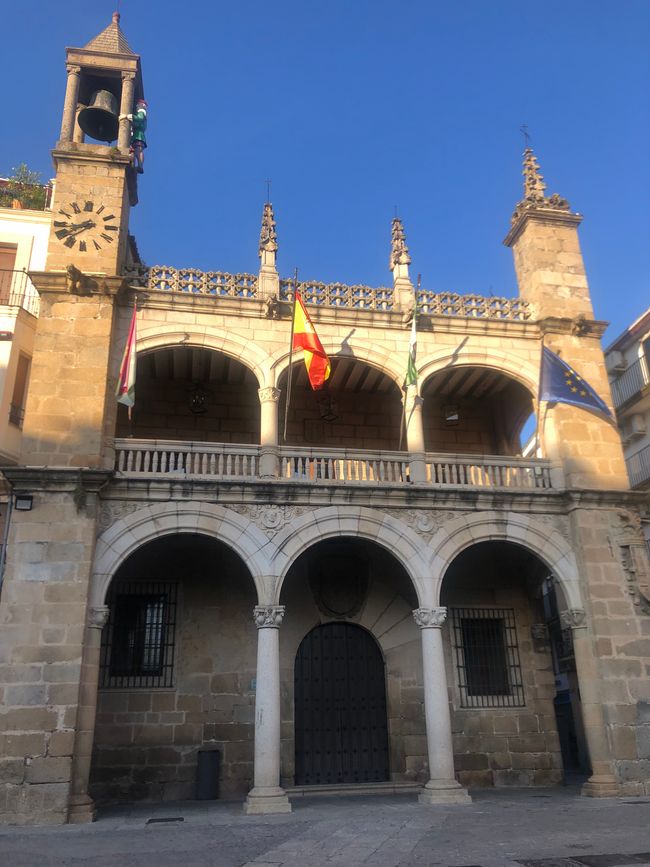
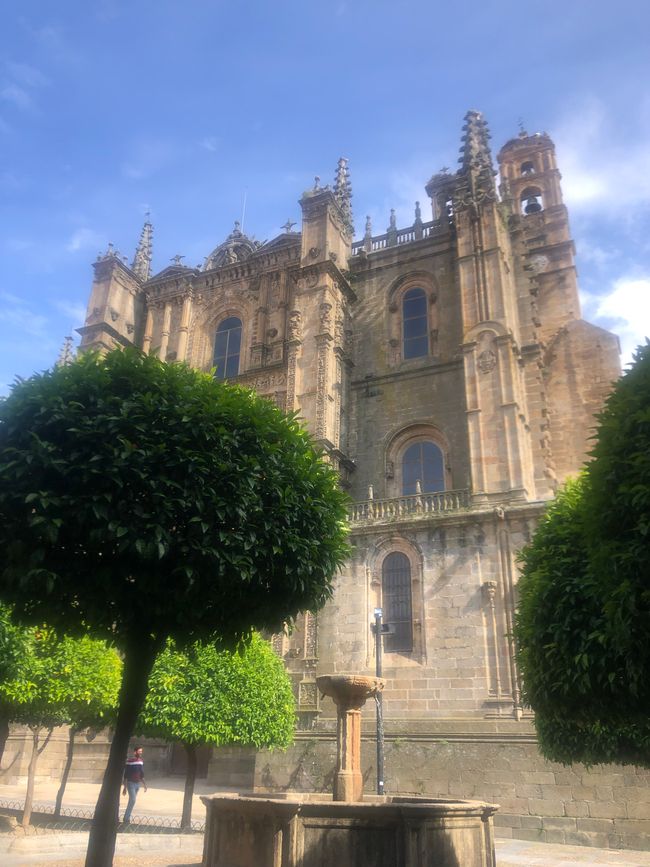
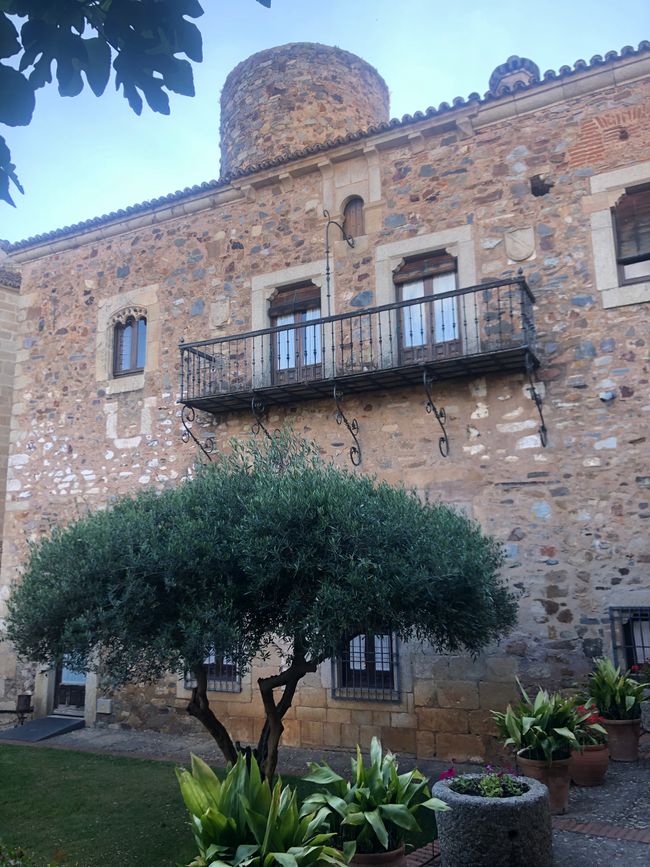
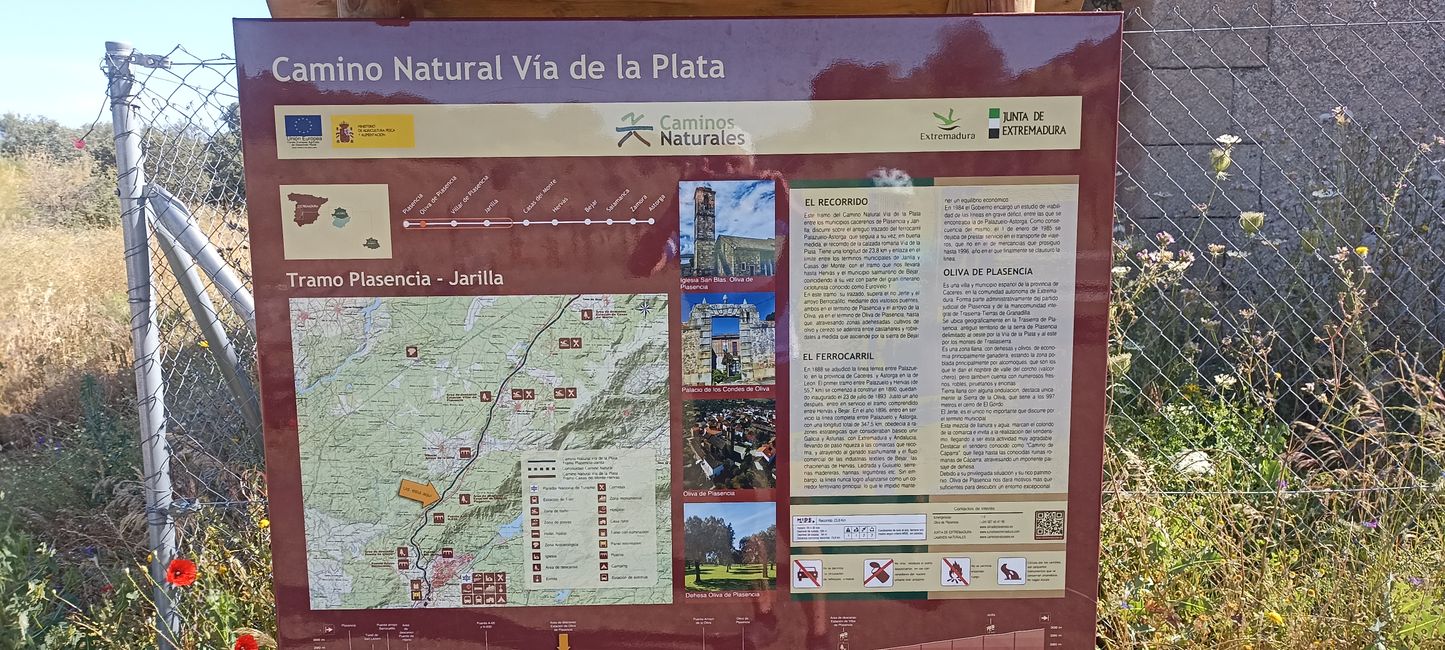
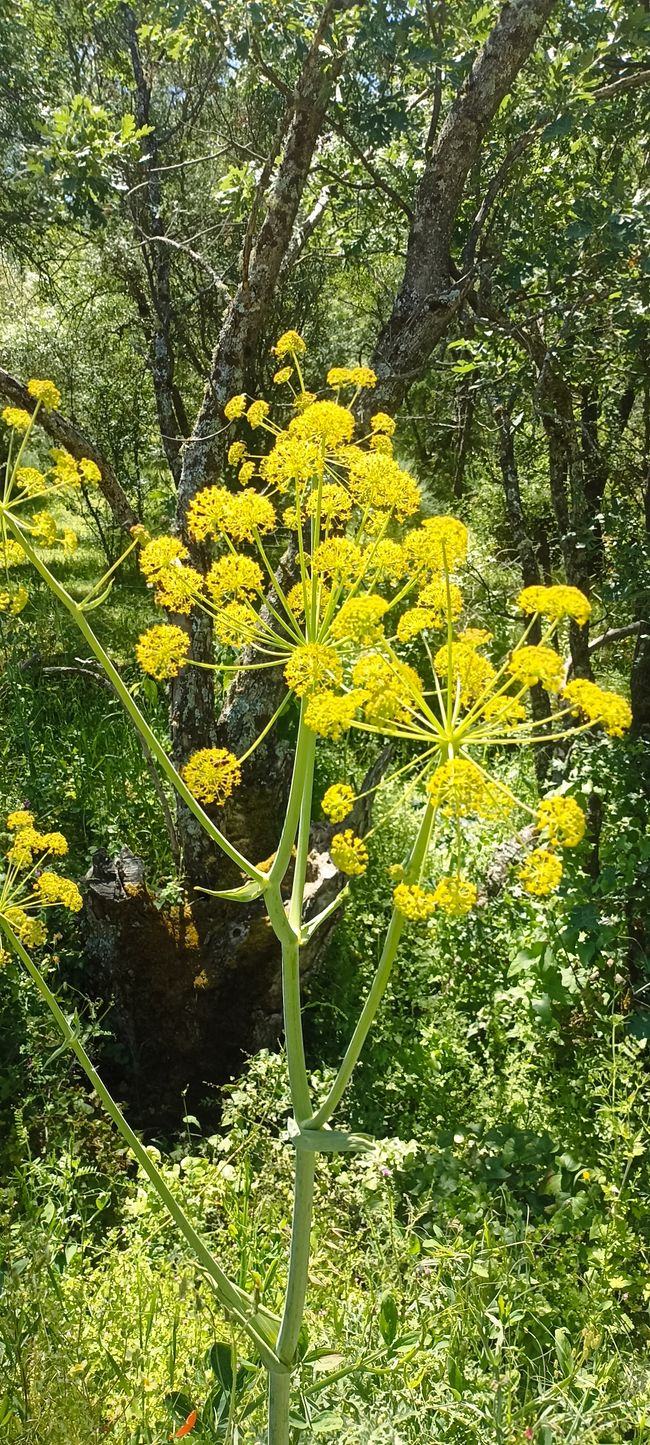
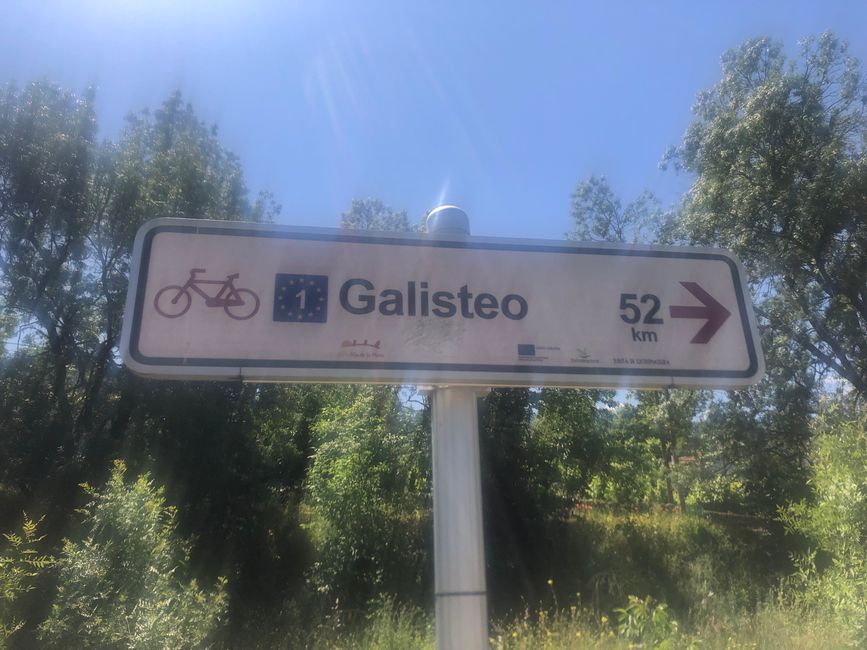
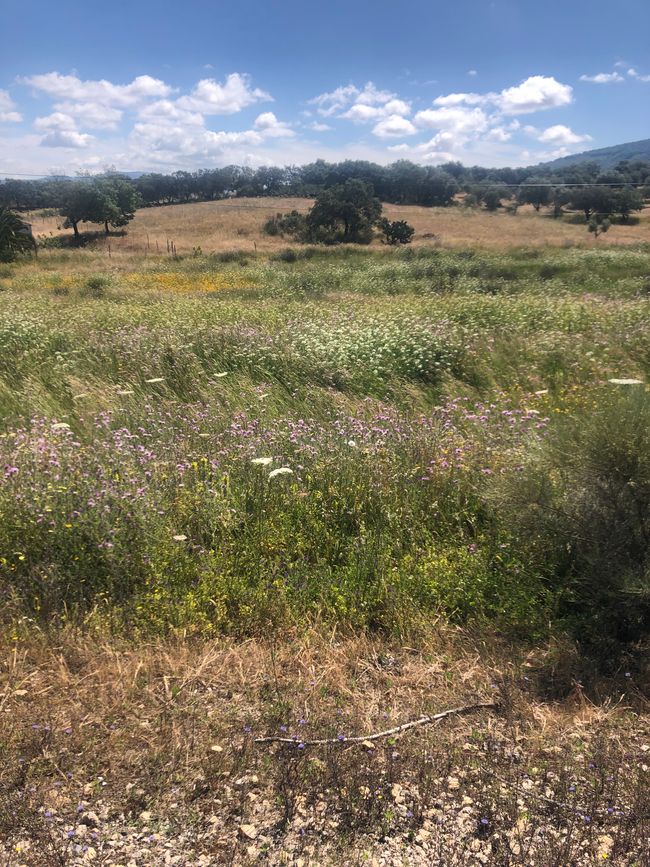
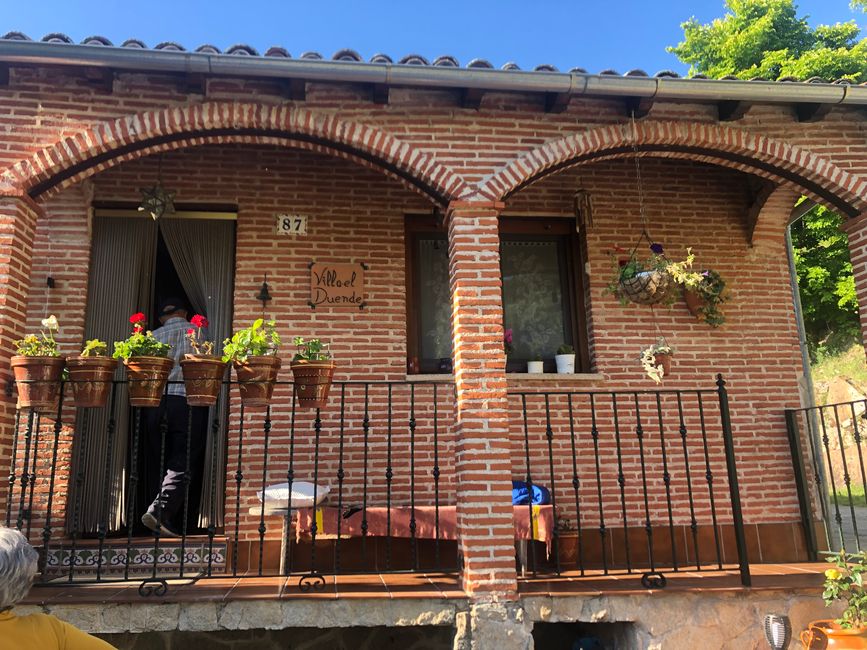
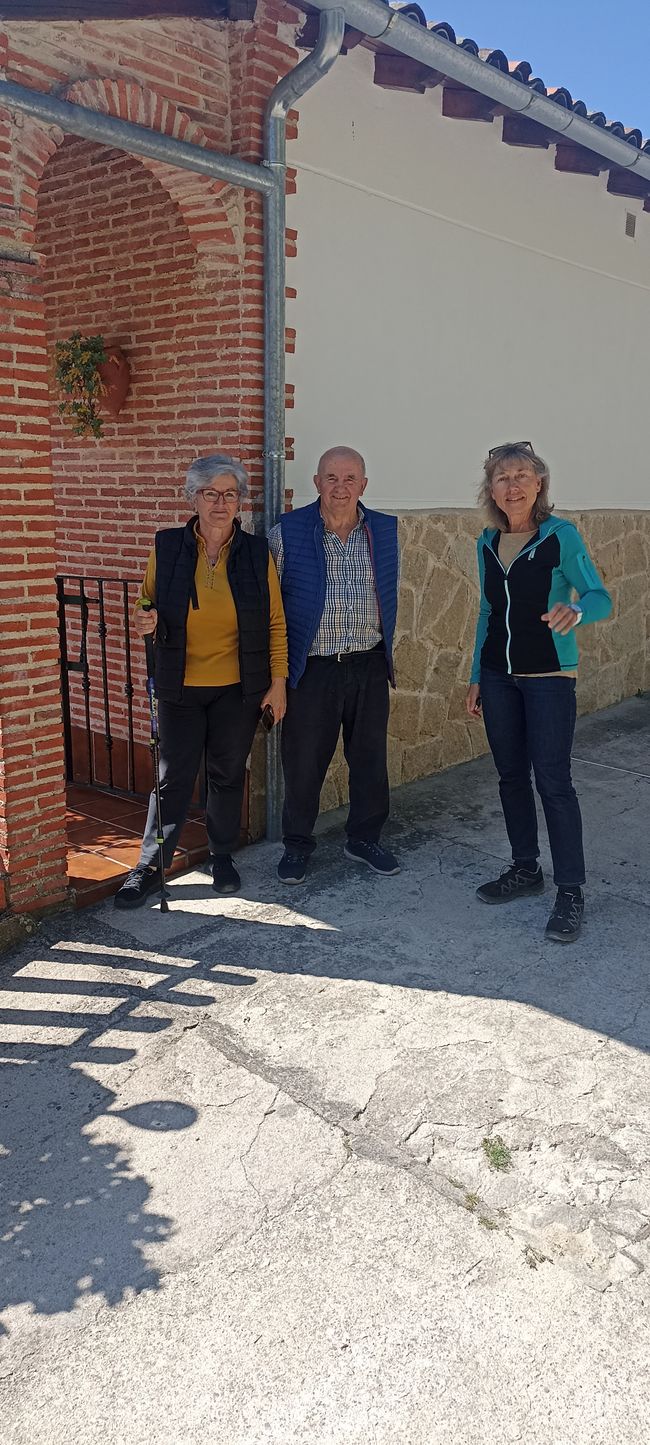
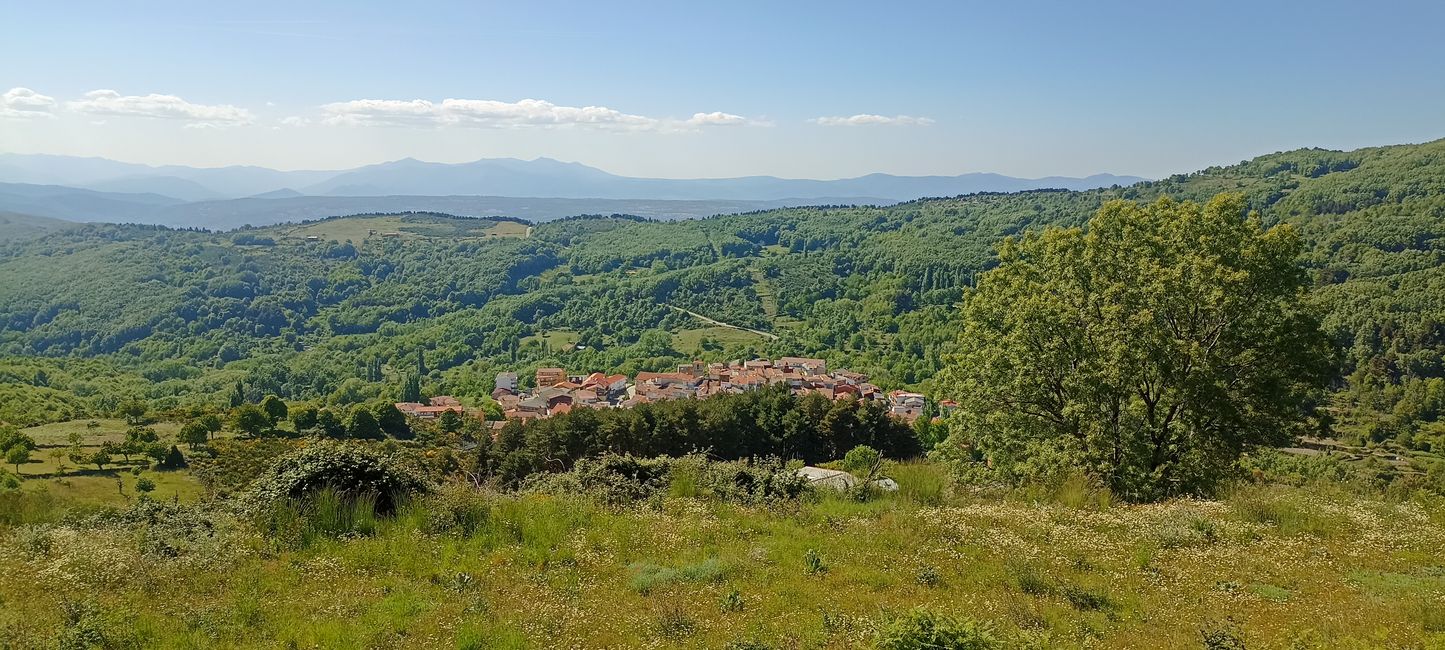
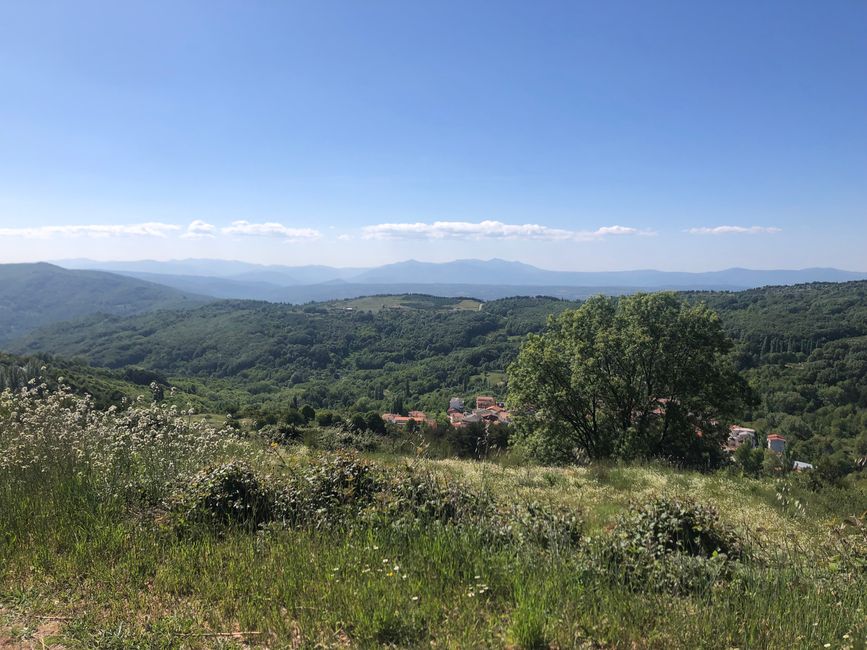
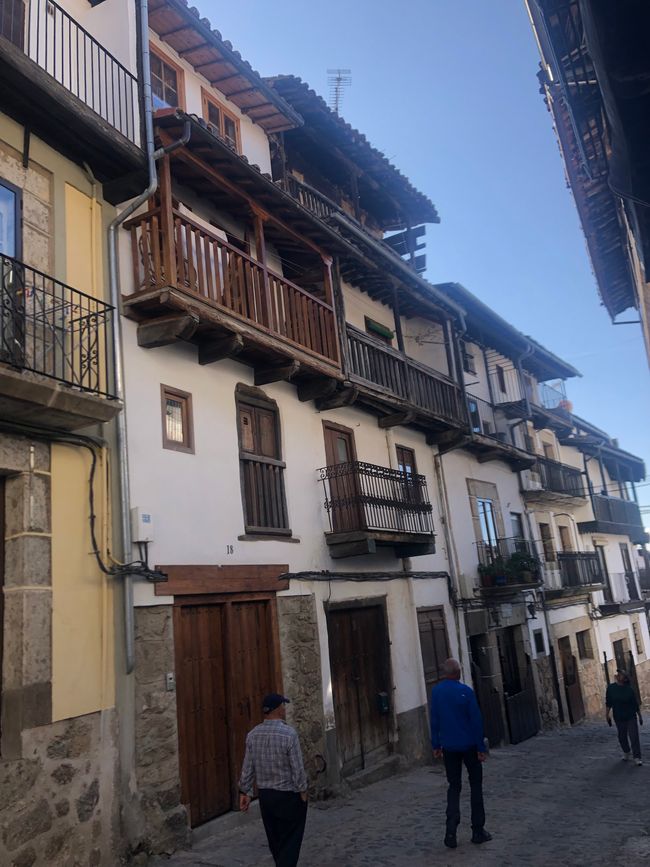
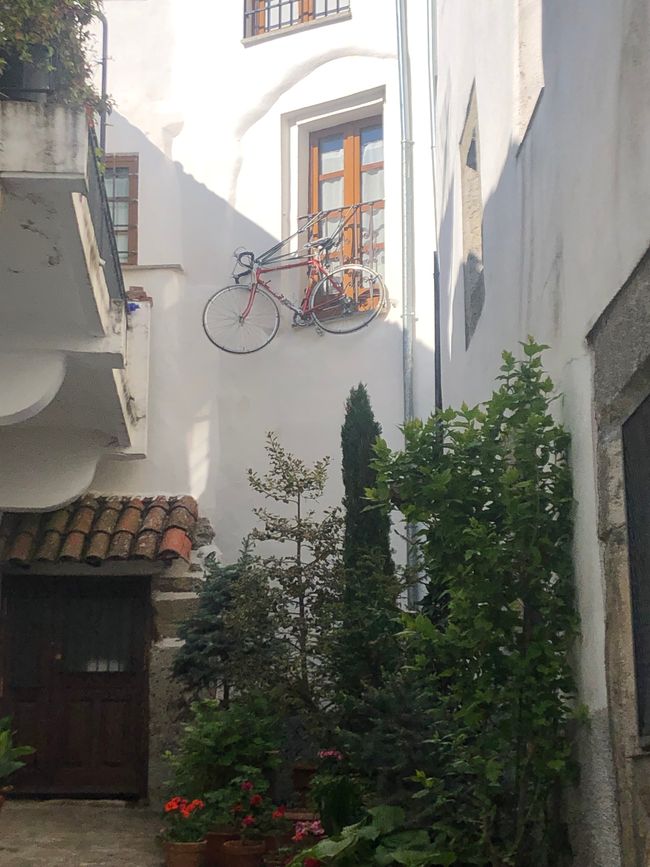
Biyan kuɗi zuwa Newsletter
EV Cycling Day 14 (21 May): Mérida - Caceres 75 km
We set off early, although that is not necessary for today's stage. Accordingly, we arrive at our destination Caceres very early for the first time (at 2.30 p.m.). There is not much to say about the stage - we cycle almost 60 km on the N 630, probably the best-developed cycle path in the world. 7m wide and well-paved. Cars are allowed to use this road, just like us; we encounter fewer than 10 per hour, and a few more cyclists. The few drivers are reminded of their special responsibility towards cyclists with large signs. Fantastic conditions for us cyclists. It is still quite cool, and we would have liked a little more of the heat that is forecast for Extremadura.
Since we are in Caceres so early, we have enough time to explore the very well-preserved and impressive old town within the city walls. Like Mérida, Caceres was an important trading center on the Via de la Plata, which connects Seville in the south with Astorga in the north. Today, many Spanish pilgrims are on their way to Santiago on this 'camino'.
Caceres was the first Spanish city to be given UNESCO World Heritage status - and rightly so. The Romans left behind the foundations, the Arabs city walls and cisterns, and Spanish noble families countless palaces. The old town of Caceres is one of the most beautiful and best-preserved cultural monuments in Spain. Particularly worth mentioning are the thick Moorish city walls from the 12th century with the mighty Bujaco fortress tower directly on the Plaza Mayor, the cathedral, the Arco de la Estrella as the main entrance to the old town and the Palacio de Carvajal with its beautiful courtyard and garden.
EV Cycling Day 15 (22 May): Caceres- Plasencia 90 km
The evening before we revised our plan, which shortened the route by 10 km, saved a few meters of elevation and we found ourselves back on our beautiful N 630 for almost the entire route. In parts it has been freshly paved for us! :) The landscape is even more barren today, especially pastureland, which is already brown. We are still in 'Espana vacia', empty Spain. The N 630 often runs close to the Caceres - Plasencia railway line, which seems to be well developed, although we don't see any trains. The Casar de Caceres train station is isolated in the countryside, 10 km from the town. After 30 km we come to one of those large artificial lakes that are so important for the country's water supply. On the way we also come across the 14 m high Osborne bulls, which were once erected, slightly smaller, to advertise Osborne brandy and were marked with the lettering. Today they are a symbol of Spain, especially among tourists. There was a constant dispute over the bull silhouette, as the state did not want to allow advertising along the state roads. This was ultimately decided in court. After three years of legal dispute, in 1997 the Spanish Supreme Court ruled in favor of the continued existence of the bull figures in the Spanish landscape, because they were more than just advertising posters and embodied an aesthetic and cultural interest of Spain (superando su sentido publicitario e integrándose en el paisaje). Today there are still 92 of these bulls on the roads of Spain.
In Plasencia there is a well-located campsite from which we can cycle along the river into the beautiful old town. Here too there are beautiful town houses, a city wall with various gates and, above all, an impressive cathedral. It consists of an old church with a monastery and a beautiful cloister from the 13th century in a simple Romanesque style and a "newer" church from the 15th/16th century. Over the years, opulent golden main and side altars were added to the new church.
Wine recommendation: Huno Reserva 2018 Ribera del Guadiana
EV Cycling Day 16 (23 May): Plasencia - La Garganta 60 km
Today the stage is short but with 1000 meters of elevation and almost all gravel it is still strenuous. The destination of La Garganta was not planned, but four days ago our German-Spanish friend told us that his best Spanish friends live very close by and that we should visit them. On closer inspection it turned out that Magdalena and Martin live 350 km away and in the mountains at over 1000 m. A second look showed that their home in La Garganta is not far from our planned route and we can and want to cope with the additional meters of elevation. And that gave us a perfect day: bright blue skies, a wonderfully laid out cycle path on a section of the former railway line from Plasencia to Astorga and a warm welcome from Martin and Magdalena in La Garganta. We were able to share in the couple's everyday life, were spoiled by them and were very impressed by how contentedly they live in the small mountain village. They also showed us interesting places in the area, such as a wolf trap and a snow depot where ice was once made. Then they drove with us to the picturesque mountain village of Candelario, whose town center impressed us with its mostly two- or even three-story granite stone houses and cobbled streets.
Biyan kuɗi zuwa Newsletter
Amsa (3)
Danke für die wiederum beeindruckenden Berichte und Bilder! Plasencia kenne ich....und eben sah ich einen Film über diese Gegend und La Mancha. Weiterhin gute Reise und LG Marlise
Rita
Hoi zusammen
Vielen Dank für die schönen Bilder und den Bericht. Geniesst es. Wir sind auf dem Heimweg vom Piemont und stehen und stehen in dem Stau.
Wie blöd kann man sein über Feiertag nach Italien zu reisen. Aber schön war es trotzdem.
Liebe Grüsse Rita everydayangel
Pfiffige Fahrradaufhängung 😂. Rita, wir sind auch vom Piemont heim im Stau gestanden und haben uns geschworen, nun immer wie sonst über das Aosta Tal zu fahren (keine Ahnung, weshalb wir diesmal anders entscheiden hatten...).
@Harald und Dominique, urlaubsbedingt habe ich einige Zeit ausgesetzt und freue mich jetzt sehr, so viel auf einmal mitzubekommen/nachzulesen 🤩. Viele Grüße, Carina 